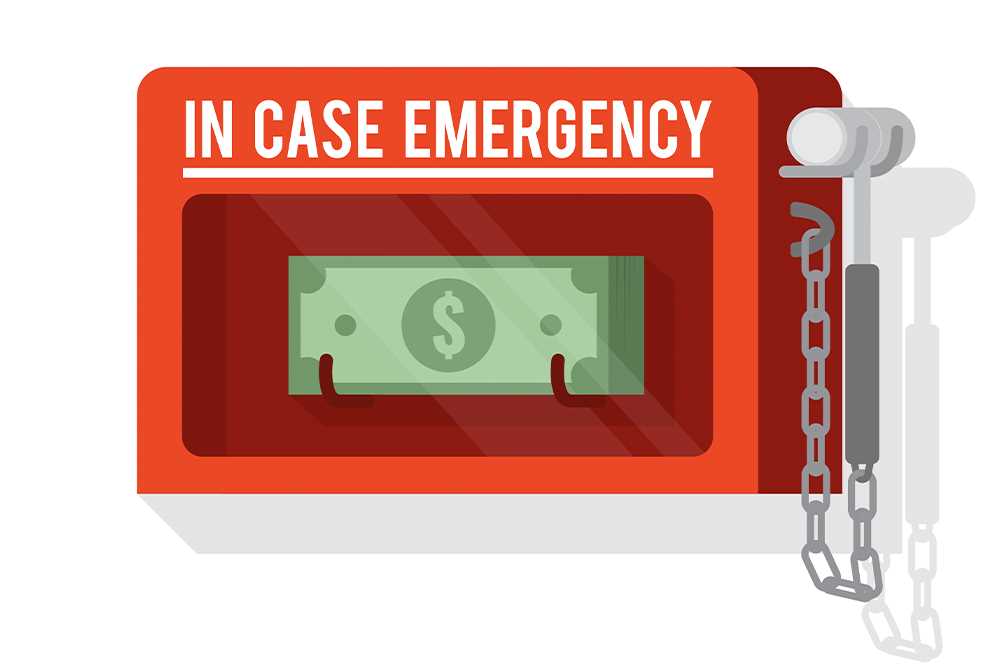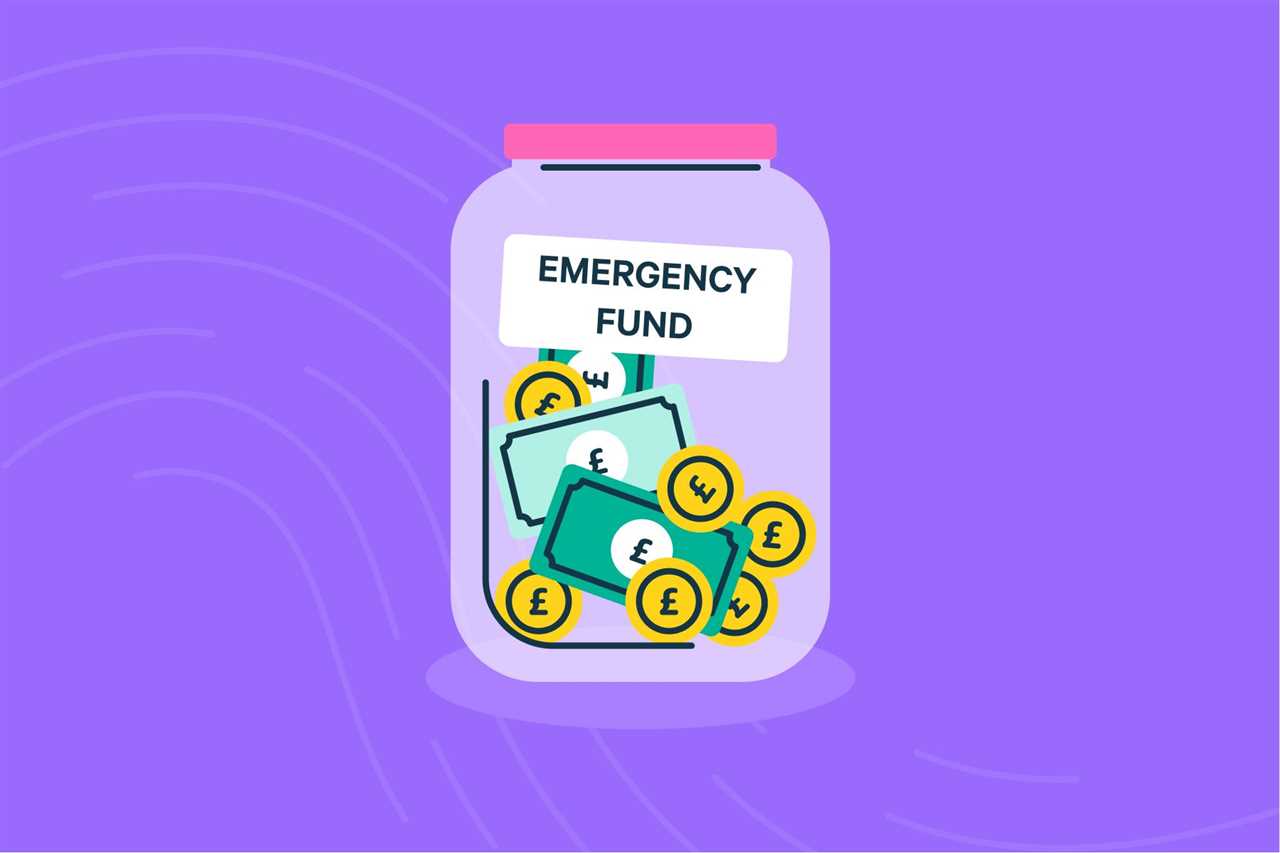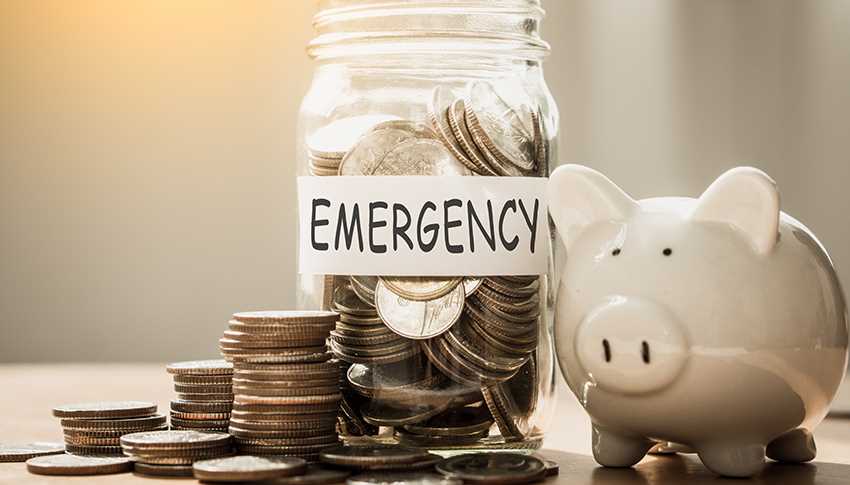The Importance of Having an Emergency Fund

An emergency fund is a crucial financial safety net that everyone should have. It is a reserve of money set aside to cover unexpected expenses or financial emergencies. Having an emergency fund provides peace of mind and financial security, allowing you to navigate through difficult times without going into debt or relying on credit cards.
1. Protection against unexpected expenses
Life is full of surprises, and not all of them are pleasant. From car repairs to medical bills, unexpected expenses can arise at any time. Having an emergency fund ensures that you are prepared to handle these expenses without disrupting your monthly budget or dipping into your savings.
2. Financial stability during emergencies
Emergencies can strike at any moment, whether it’s a job loss, a natural disaster, or a global pandemic. During these difficult times, having an emergency fund can provide a sense of stability and security. It allows you to cover your basic needs, such as housing, food, and utilities, while you navigate through the crisis and work towards a solution.
3. Avoiding debt and financial stress
Without an emergency fund, unexpected expenses can quickly lead to debt and financial stress. Relying on credit cards or loans to cover emergencies can result in high interest payments and a cycle of debt. Having an emergency fund helps you avoid this situation by providing the necessary funds when you need them most.
4. Flexibility and freedom
Having an emergency fund gives you the flexibility and freedom to make choices without being constrained by financial limitations. It allows you to take calculated risks, pursue opportunities, and make important life decisions without worrying about the financial consequences.
How to Determine Your Emergency Fund Goal
Having an emergency fund is crucial for financial stability and peace of mind. It provides a safety net for unexpected expenses, such as medical bills, car repairs, or job loss. However, determining the right amount to save for your emergency fund can be challenging. Here are some steps to help you calculate your emergency fund goal:
1. Assess your monthly expenses:
Start by evaluating your monthly expenses. This includes essential costs like rent or mortgage payments, utilities, groceries, transportation, and insurance. Don’t forget to factor in discretionary expenses like dining out or entertainment, as you may need to cut back on these during an emergency.
2. Calculate your fixed expenses:
Identify your fixed expenses, which are the costs that remain the same each month. These can include rent or mortgage payments, insurance premiums, and loan payments. Add up these expenses to determine the minimum amount you need to cover each month.
3. Consider variable expenses:
Variable expenses are costs that fluctuate from month to month, such as groceries, transportation, and utility bills. Look at your past spending patterns to get an idea of the average amount you spend on these items. Consider any potential changes in your lifestyle or circumstances that may affect these expenses.
4. Evaluate your income stability:
Assess the stability of your income. If you have a steady job with a reliable income, you may need a smaller emergency fund compared to someone with irregular income or self-employment. Consider the likelihood of unexpected expenses and the time it may take to find a new job if you were to lose your current one.
5. Determine your desired safety net:
Decide how many months of expenses you want to save for in your emergency fund. Financial experts generally recommend saving three to six months’ worth of living expenses. However, this can vary depending on your individual circumstances. If you have dependents or work in a volatile industry, you may want to aim for a larger safety net.
6. Adjust your goal over time:
As your financial situation changes, revisit and adjust your emergency fund goal. If you experience a significant increase in income or decrease in expenses, you may be able to save more or reduce your target. On the other hand, if your expenses increase or your income becomes less stable, you may need to save more to maintain a sufficient emergency fund.
Strategies for Saving Money for Your Emergency Fund
Building an emergency fund is crucial for financial stability and peace of mind. It provides a safety net for unexpected expenses and helps protect against financial hardships. Here are some effective strategies to help you save money for your emergency fund:
1. Set a Realistic Goal: Start by determining how much you want to save for your emergency fund. Aim to save at least three to six months’ worth of living expenses. This will ensure that you have enough funds to cover unexpected events like medical emergencies, car repairs, or job loss.
2. Create a Budget: Track your income and expenses to identify areas where you can cut back and save more. Look for unnecessary expenses that you can eliminate or reduce. Allocate a portion of your income specifically for your emergency fund and treat it as a non-negotiable expense.
3. Automate Your Savings: Set up automatic transfers from your checking account to your emergency fund. This way, a portion of your income will be automatically saved without any effort on your part. Treat it as a regular bill payment and prioritize it just like any other financial obligation.
4. Reduce Debt: Paying off high-interest debt should be a priority when saving for an emergency fund. High-interest debt can quickly drain your savings and make it harder to build your emergency fund. Focus on paying off credit card debt, personal loans, or any other debts with high interest rates.
5. Cut Back on Non-Essential Expenses: Take a close look at your monthly expenses and identify non-essential items or services that you can temporarily cut back on. This could include eating out less, canceling unused subscriptions, or finding cheaper alternatives for certain expenses.
6. Increase Your Income: Consider finding ways to increase your income to accelerate your emergency fund savings. This could involve taking on a side gig, freelancing, or asking for a raise at your current job. The additional income can be directly allocated towards your emergency fund.
7. Avoid Impulse Purchases: Before making a purchase, ask yourself if it is a necessity or a want. Avoid impulsive buying and give yourself time to think before making any major purchases. This will help you save more money and contribute to your emergency fund.
By implementing these strategies, you can start saving money for your emergency fund and build a solid financial foundation. Remember, consistency is key, and even small contributions can add up over time. Start today and take control of your financial future.
Tips for Maintaining and Growing Your Emergency Fund
Once you have established an emergency fund, it is important to maintain and grow it over time. Here are some tips to help you do just that:
1. Set a Monthly Savings Goal
One of the best ways to maintain and grow your emergency fund is to set a monthly savings goal. Determine how much you can comfortably save each month and make it a priority to set that money aside for your emergency fund. Treat it like any other bill or expense and make sure to consistently contribute to it.
2. Automate Your Savings
To make saving for your emergency fund easier, consider setting up an automatic transfer from your checking account to your savings account each month. This way, you won’t have to remember to manually transfer the money and it will become a regular habit.
3. Cut Back on Expenses
If you find it difficult to save enough money for your emergency fund, consider cutting back on expenses. Look for areas where you can reduce spending, such as eating out less, canceling unused subscriptions, or finding cheaper alternatives for everyday items. The money saved can then be directed towards your emergency fund.
4. Avoid Temptation

It can be tempting to dip into your emergency fund for non-emergency expenses. However, it is important to resist this temptation and only use the fund for true emergencies. Avoid using it for impulse purchases or non-essential items, as this can deplete your fund and hinder its growth.
5. Reassess and Adjust
Regularly reassess your emergency fund goal and adjust it if necessary. As your financial situation changes, you may need to increase or decrease the amount you aim to save. Keep track of your progress and make adjustments as needed to ensure your fund remains sufficient.
6. Consider Investing

If you have built up a substantial emergency fund and have extra money to spare, consider investing a portion of it. Consult with a financial advisor to explore investment options that align with your risk tolerance and financial goals. Investing can help your emergency fund grow faster and potentially provide additional income.
By following these tips, you can maintain and grow your emergency fund, ensuring that you have a financial safety net for unexpected expenses.

Emily Bibb simplifies finance through bestselling books and articles, bridging complex concepts for everyday understanding. Engaging audiences via social media, she shares insights for financial success. Active in seminars and philanthropy, Bibb aims to create a more financially informed society, driven by her passion for empowering others.
